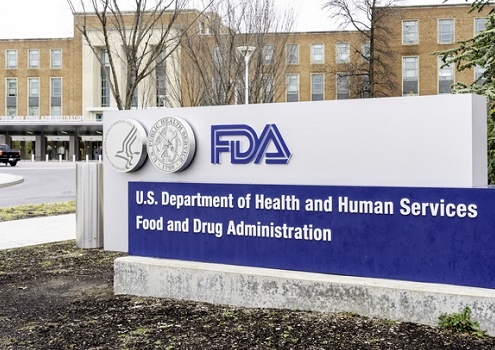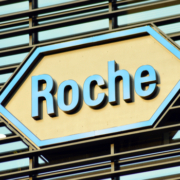Neurocrine wins FDA approval for ‘sprinkle’ formulation of Ingrezza for Huntington’s disease
Neurocrine wins FDA approval for ‘sprinkle’ formulation of Ingrezza for Huntington’s disease
Published: May 01, 2024
By Tristan Manalac
BioSpace
The FDA on Tuesday approved the use of a sprinkle capsule formulation of Neurocrine Biosciences’ Ingrezza (valbenazine) for the treatment of tardive dyskinesia and chorea in Huntington’s disease.
Like its original oral capsule version, Ingrezza’s sprinkle formulation comes in 40-mg, 60-mg and 80-mg doses but is designed to be opened and sprinkled on soft foods. This new route of administration provides a more convenient alternative for patients who have trouble swallowing whole capsules, according to Neurocrine’s announcement.
“We developed Ingrezza Sprinkle to make administration easier for patients who have difficulty swallowing or prefer not to take a capsule,” Neurocrine CMO Eiry Roberts said in a statement. “We are pleased to offer the proven efficacy of Ingrezza in reducing uncontrollable movements in a new formulation.”
The label expansion was backed by chemistry, manufacturing and controls information, showing that Ingrezza’s sprinkle formulation was bioequivalent to its currently approved capsule version. Neurocrine also provided data demonstrating similar tolerability profiles for the two formulations.
Designed to be orally available, Ingrezza is a small molecule selective and reversible blocker of the vesicular monoamine transporter 2, which is involved in the uptake of monamines from the cell’s cytoplasm into its synaptic vesicle, where they are either stored or bound for release. The exact mechanism of action for Ingrezza is still unknown, according to its label.
Ingrezza was first approved in April 2017 for tardive dyskinesia, which is a motor condition characterized by uncontrollable repetitive movements of the trunk, limbs and face, and is often triggered as a side effect of antipsychotic treatments. The drug picked up another approval in August 2023 for chorea in Huntington’s disease.
With these two indications, Ingrezza became Neurocrine’s top-selling asset. In 2023, the drug brought in $1.84 billion, accounting for almost all of the biotech’s overall revenue of nearly $1.89 billion. For 2024, Neurocrine expects Ingrezza to generate between $2.1 billion and $2.2 billion in sales.
Despite strong sales for Neurocrine, Ingrezza’s original formulation posed difficulties for patients who had trouble swallowing whole capsules. In Tuesday’s announcement, the biotech revealed that a survey of Huntington’s disease patients with chorea, along with their caregivers, showed that 62% had difficulty swallowing due to their involuntary movements.
In a similar survey of tardive dyskinesia patients with moderate-to-severe involuntary movements, 37% of respondents said that they had problems eating and drinking due to their symptoms.
Source: BioSpace










